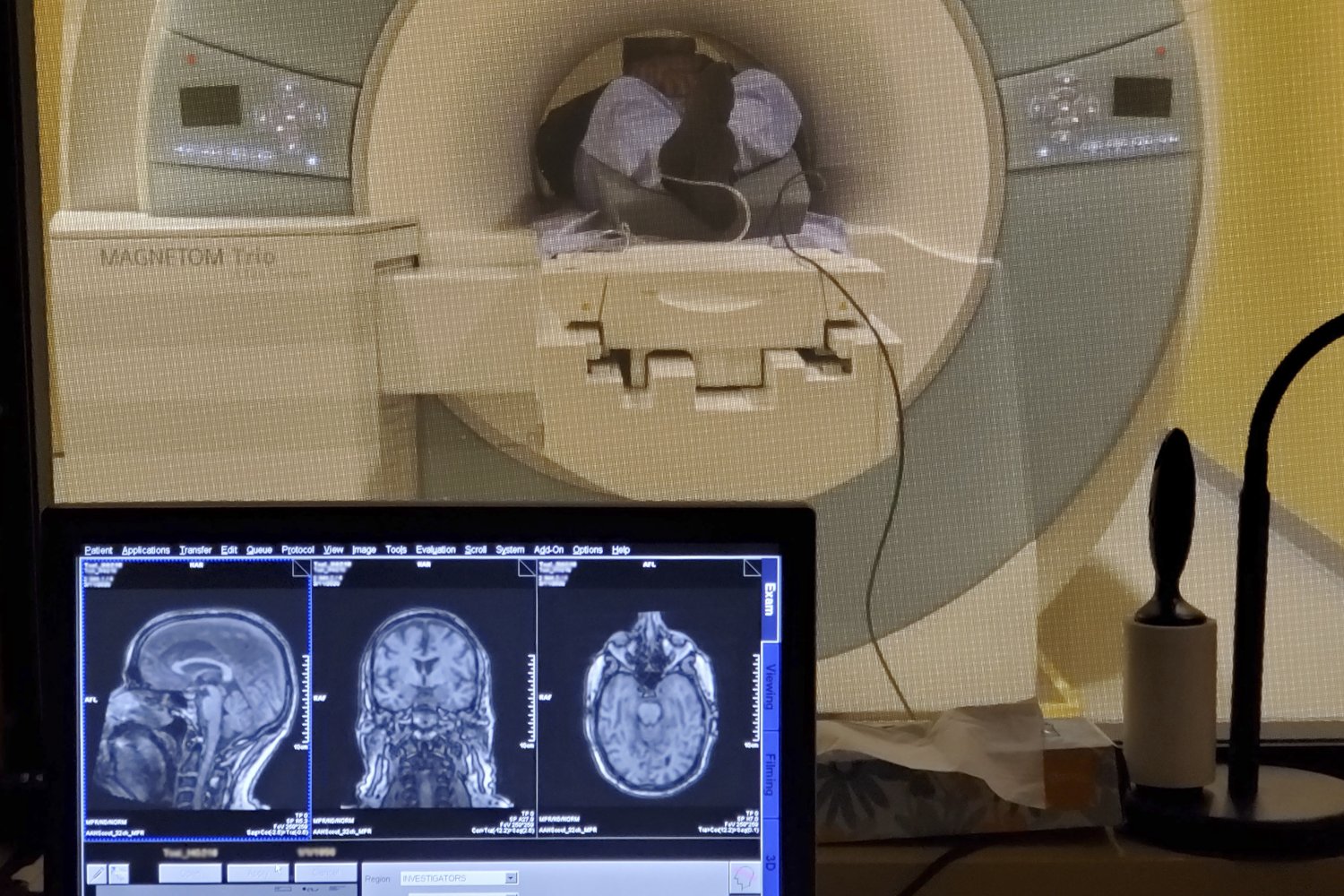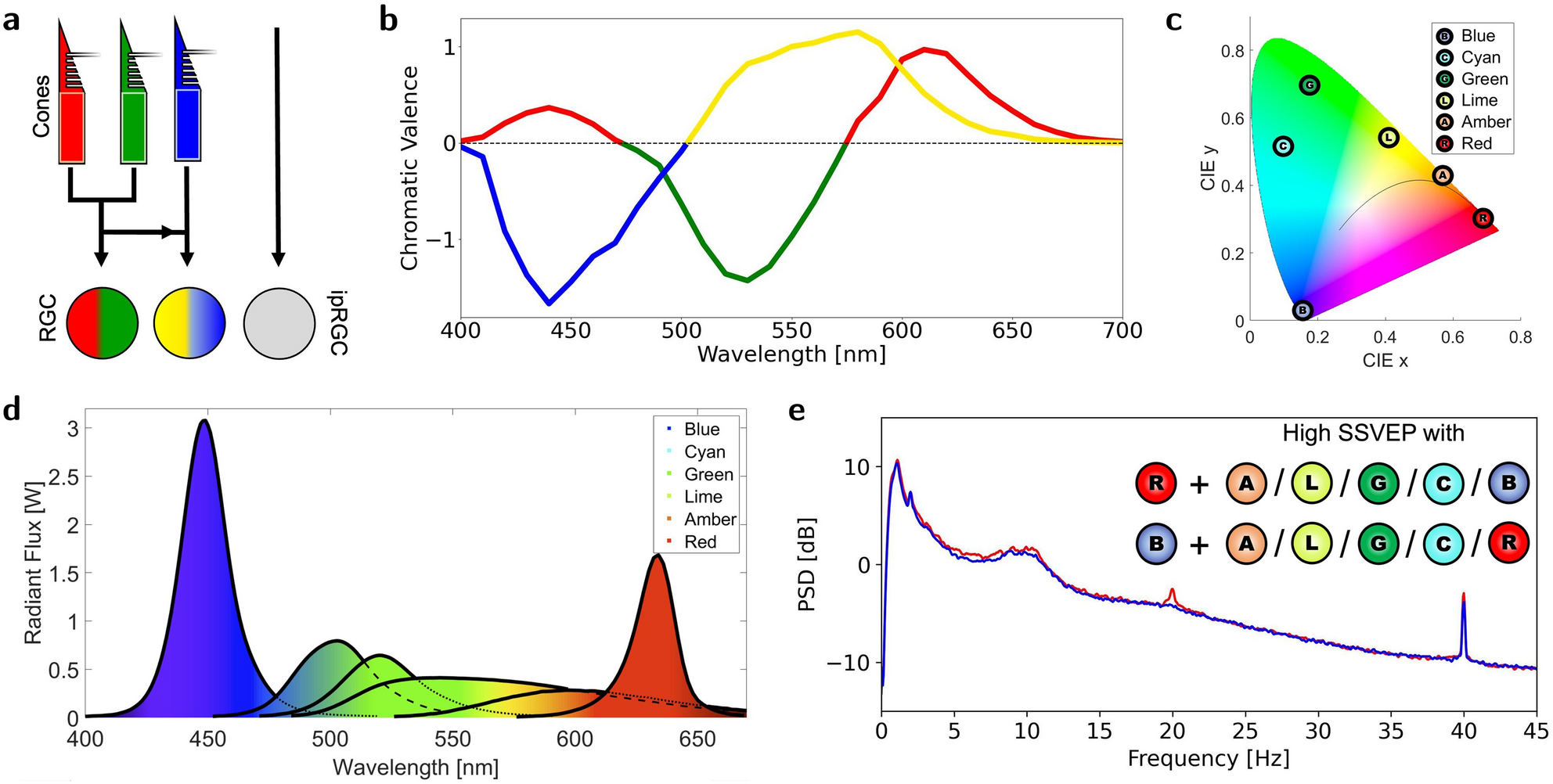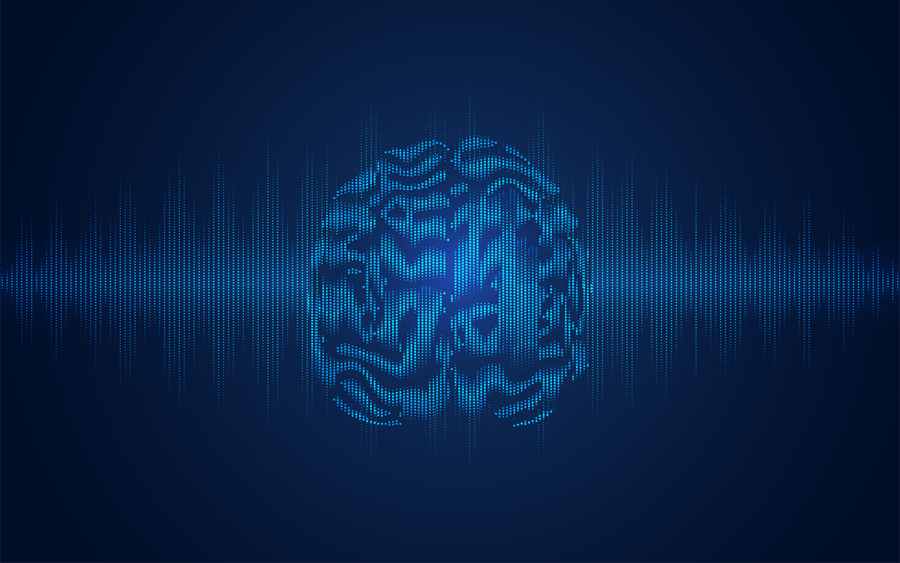40Hz Gamma Wave Therapy Benefits: Brain Boost Without Drugs
Welcome to NeuroTechInsider.com — your trusted destination for deep, data-driven reviews of today’s most powerful non-invasive neurostimulation and sleep tech. We explore everything from NeuroVIZR to Sensate and Audicin, helping you make smart decisions about your cognitive health, stress relief, and sleep optimization. Today, we’re diving into one of the most promising innovations in this space: 40Hz gamma wave therapy.
What if better brain health didn’t come from a pill — but from a flicker of light or a gentle rhythm of sound?
That’s exactly what 40Hz stimulation offers: a non-invasive, drug-free method to boost cognition, improve memory, enhance sleep, and potentially delay or reduce symptoms of Alzheimer’s. In this guide, we unpack the science, the benefits, and why this therapy is gaining serious attention from researchers and health biohackers alike.
What Is 40Hz Gamma Wave Therapy?
Gamma waves are the brain’s fastest electrical rhythms — typically oscillating between 30Hz to 100Hz. But one frequency, in particular, has captured the neuroscience world’s attention: 40Hz.
40Hz gamma wave therapy involves stimulating the brain using light, sound, or multisensory devices that pulse at exactly 40 cycles per second. This frequency has been linked to:
- Improved memory retention
- Heightened focus and attention
- Neuroprotective effects against Alzheimer’s
- Better sleep regulation
Devices like the NeuroVIZR and Audicin integrate this principle by syncing light and sound to create a form of gamma brainwave entrainment.
How Gamma Waves Work in the Brain
Your brain isn’t just a chemical soup — it’s an electric symphony. Gamma waves are generated when large groups of neurons fire in harmony. At 40Hz, these oscillations are believed to support:
- Attention and executive functioning
- Neural synchrony across different regions of the brain
- Consolidation of short-term into long-term memory
When these waves are out of sync, research shows a breakdown in cognitive performance — especially in conditions like Alzheimer’s. But when restored through entrainment techniques like light or sound pulsing, brain activity can potentially be re-optimized.

Scientific Backing: Why 40Hz Frequency Matters
The story of 40Hz therapy begins in animal studies, but now spans multiple human trials and lab experiments. Researchers from MIT, Nature, and other major institutions have identified one central finding: stimulation at exactly 40Hz seems to reduce the hallmarks of Alzheimer’s disease.
Key Research Highlights:
- MIT’s Picower Institute found that exposing mice to 40Hz light and sound for one hour a day led to a 50% reduction in amyloid plaques — a key contributor to Alzheimer’s. [Source: MIT News]
- A 2024 study in Nature showed improved memory and neural connectivity in elderly humans after just weeks of 40Hz stimulation.
- Early-stage clinical trials are exploring gamma entrainment’s effects on circadian rhythm and sleep regulation in Alzheimer’s patients.

Top Health Benefits of 40Hz Therapy
1. Memory and Cognitive Performance
Regular use of 40Hz gamma stimulation has been linked to improved memory recall, attention span, and processing speed. Users often report:
- Sharper short-term memory
- Faster reaction time
- Better task-switching ability
Studies on early-stage Alzheimer’s patients have also shown modest recovery in cognitive performance — sometimes enough to impact daily living tasks like planning and social interaction.

2. Sleep and Circadian Health
Another major win for 40Hz entrainment? Better sleep. Especially for those with Alzheimer’s or insomnia, this frequency has been shown to:
- Regulate the body’s sleep-wake rhythm
- Decrease nighttime restlessness and activity
- Increase overall sleep efficiency
Gamma entrainment appears to influence melatonin production and deep-sleep transitions. This could make it a powerful non-pharma alternative for insomnia and late-stage dementia sleep issues.
3. Emotional Balance and Pain Relief
Though less studied, some users and small trials report benefits for:
- Chronic pain (especially fibromyalgia and tinnitus)
- Reduced anxiety and panic episodes
- Increased feelings of clarity and peace
How? The working theory is that gamma waves help restore neural coherence, which stabilizes sensory processing and limbic system activity — both key to pain and mood regulation.
Delivery Methods: Light, Sound, and Multisensory
So how exactly do you get 40Hz into your brain? There are three major delivery formats:
Light Flicker Therapy
Using goggles or LED panels (like those used in the NeuroVIZR), 40Hz flickering light is directed through closed eyelids. This form is best at entraining the brain’s visual cortex — with spillover to memory and sleep centers.
Sound-Based Entrainment
40Hz-pulsed tones or isochronic beats can also entrain brainwaves via auditory processing. Products like Audicin or NR9 use headphones or speakers to deliver this pattern. It’s more subtle, but easier to tolerate long-term.

Multisensory (Light + Sound)
This is where the magic happens. Combined sensory stimulation at 40Hz — hitting both auditory and visual systems — has shown the strongest results in Alzheimer’s reduction. It’s also what MIT’s team used in most of their trials.
Many of the top devices in our 40Hz tech review now offer this dual stimulation feature, making it more accessible than ever.
Is 40Hz Gamma Therapy Safe?
Let’s cut to the chase — yes, 40Hz gamma wave therapy is generally safe for most people. It’s non-invasive, drug-free, and doesn’t require any implantable tech or clinical visits. You can do it at home using devices like the NeuroVIZR or Audicin, and the setup is typically as easy as putting on a headset and pressing play.
Reported Side Effects
According to peer-reviewed studies, 40Hz stimulation shows a strong safety profile when used properly. However, here’s what a small percentage of users might experience:
- Eye strain or flicker sensitivity with light-based systems
- Mild headaches or fatigue after prolonged use
- Rare cases of overstimulation or agitation (especially if used late at night)
These issues are typically avoidable by sticking to best practices: keep sessions to 20–30 minutes per day, use before early evening, and give your brain rest days.
Best Practices for Home Use
- Start with low intensity and gradually increase session length
- Use in a quiet, comfortable space to avoid sensory overload
- Do not use while driving or operating machinery
- Consult a neurologist if you have a history of epilepsy, seizures, or brain injury
Who Can Benefit Most From 40Hz Therapy?
One of the reasons gamma entrainment has caught fire in the wellness and neurotech space is that it serves multiple demographics — not just clinical patients.
Seniors and Those at Risk of Alzheimer’s
Early research shows this therapy may help slow or prevent neurodegeneration. If Alzheimer’s runs in your family or you’re noticing mild cognitive decline, gamma therapy could be a supportive lifestyle tool — especially when combined with diet, sleep hygiene, and physical activity.
Students, Creatives, and High Performers
Looking for an edge in focus, problem-solving, or creative flow? 40Hz therapy might act like a gentle cognitive tuning fork. Users report:
- Improved concentration during work or study
- Faster idea generation and mental clarity
- Less brain fog and mid-day burnout
This makes it a solid pick for anyone dealing with ADHD, attention issues, or cognitive fatigue.
Real-World Experiences and Testimonials
“I started using a 40Hz headset 5 days a week, and by week two I noticed I was remembering names and tasks better. I don’t feel like I’m dragging through the day anymore.” — David, 67, retired engineer
“It’s subtle at first, but by the third week I was falling asleep faster, staying asleep, and waking up clearer. I use it every night now with my meditation routine.” — Rachel, 38, graphic designer
While these aren’t clinical outcomes, they reflect common use-case feedback we’ve heard from dozens of beta testers and early adopters in our NeuroTechInsider Community.
Expert Warnings and Limitations
Even with all the promising data, this tech isn’t a miracle cure — and we don’t want to overhype it.
Clinical Research Still Developing
While animal models and pilot studies look exciting, large-scale, long-term human trials are still underway. According to ClinicalTrials.gov, multiple gamma stimulation trials are active, but we’re still waiting for meta-analyses that confirm optimal dosing, frequency, and personalization strategies.
Not for Everyone
Gamma entrainment may not be suitable for individuals with:
- Photosensitive epilepsy
- History of traumatic brain injury
- Severe psychiatric conditions unless supervised by a clinician
If in doubt, talk to a neurologist or functional medicine doctor who’s familiar with neurotech wearables.
Final Thoughts: Is It Worth Trying?
40Hz gamma wave therapy is one of the most exciting frontiers in non-invasive brain enhancement. Backed by early research and supported by thousands of positive user experiences, it offers a practical and well-tolerated solution for anyone seeking:
- Sharper cognition without stimulants
- Deeper, more restorative sleep
- Preventative neuroprotection in aging
- Relief from fog, fatigue, or mood imbalance
And the best part? You can try it at home — right now — without prescriptions, clinical appointments, or side effects.
Our top picks for at-home 40Hz therapy tools include:
- NeuroVIZR – Multisensory wearable with photic + auditory 40Hz entrainment
- Audicin – Affordable, audio-based gamma sound entrainment
- Full 40Hz Device Comparison – Which one’s right for your goals?
Want to see how it stacks up against other brain tech like Apollo Neuro or Sensate? Check out our Gamma vs. Vagal Stimulation Showdown.
FAQs
Q: How long should I use 40Hz therapy per day?
A: Most research recommends starting with 20–30 minutes per day, 4–5 days per week. You can increase based on your tolerance and goals.
Q: Can I use it with other wearables like Apollo Neuro?
A: Yes, many users stack 40Hz therapy with other neuromodulation devices. Just space them out to avoid overstimulation.
Q: When will FDA-approved devices be available?
A: Some clinical-grade devices are already in trials. Consumer wearables are currently unregulated but follow safe stimulation limits. Check our FDA Tracker for updates.
References
- Nature: 40Hz Gamma Stimulation in Alzheimer’s
- MIT News: Brain Entrainment for Cognition
- ClinicalTrials.gov: Gamma Trials Database
- Wiley Online Library: Gamma Wave Therapy Summary
Image Credits
- Springer Nature, MIT News, Wiley Online Library
NeuroTechInsider.com is your go-to platform for understanding the future of non-invasive neuroscience. We test, compare, and decode neurotech so you don’t have to guess what works. Subscribe for the latest device reviews, neuroscience breakthroughs, and tech comparisons weekly.
https://onlinelibrary.wiley.com/cms/asset/38a443b9-b483-4698-b458-7c56584d2f8f/joim13755-fig-0002-m.jpg